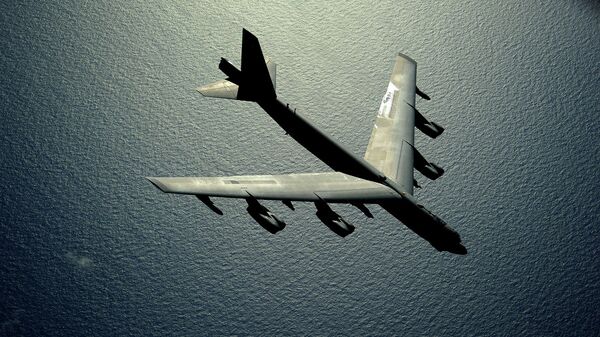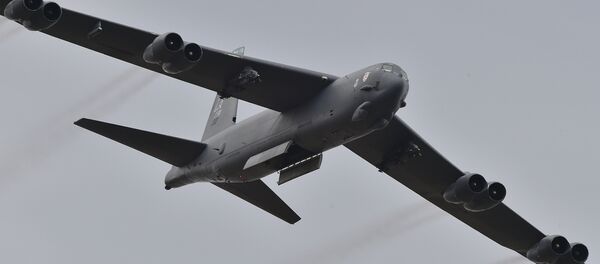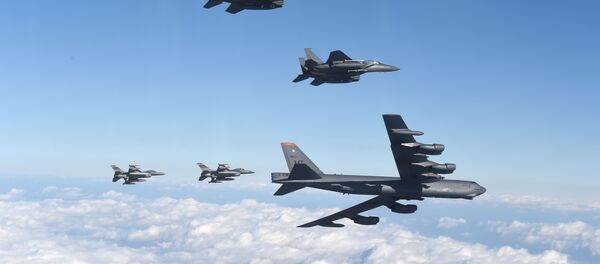The long-range bombers would be sent to Central Command to replace the B-1 Lancers, which have been pounding Daesh, or "ISIS," targets with more than 3,000 bombs in the past six months.
“We’re going to keep the B-52 around,” said Lt. Gen James “Mike” Holmes in an interview with Air Force Times. “It provides some missions for us that are hard to replicate, primarily the range and payload the airplane provides.”
The B-52 can carry a 70,000 pound arsenal filled with gravity bombs, cluster bombs, precision-guided cruise missiles and other goodies.
If it gets authorized to take on Daesh, its next targets will be scattered throughout the terror group’s territory in Iraq and Syria.
The B-1 has dropped more 3,800 bombs on 3,700 ISIS targets in the last six months, according to officials at the Ellsworth Air Force Base. It will return this summer after receiving upgrades with the last coming back in January.
The B-52 remains the Air Force’s longest serving aircraft and military officials aren’t ready to put it away any time soon. Some expect it to be flying over the sky with American might well into 2040.




